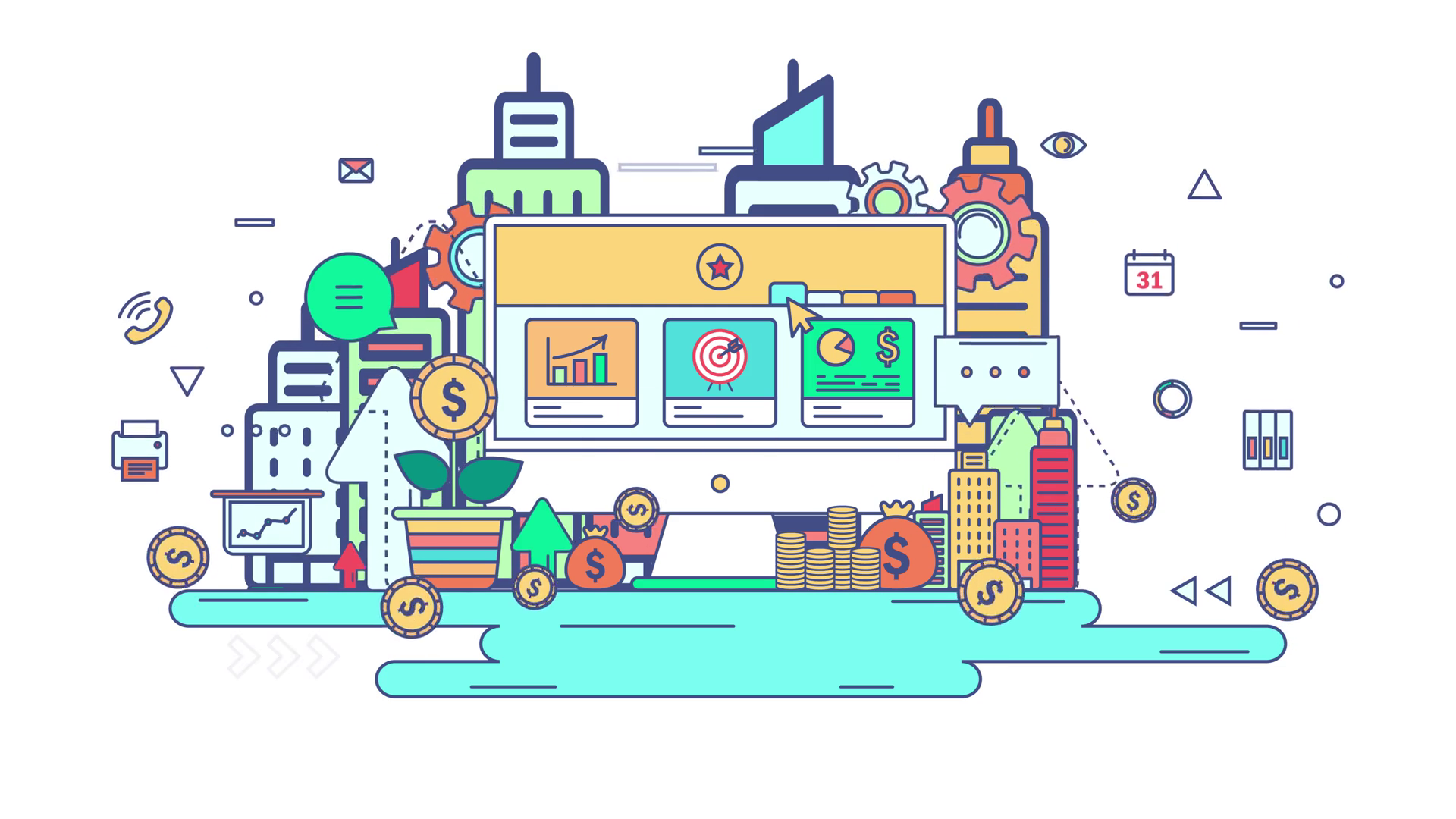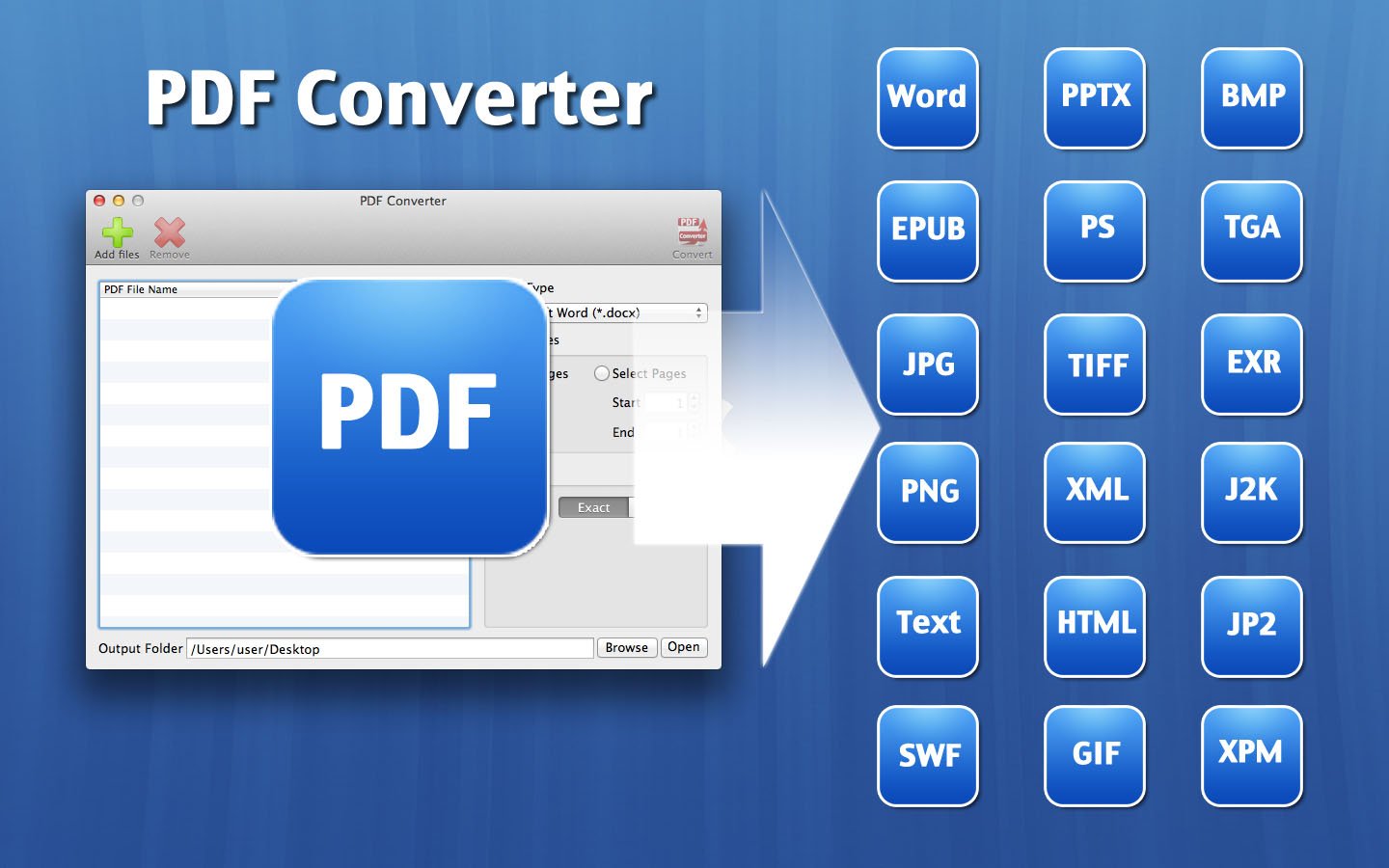
Safety is a top priority for all healthcare practitioners, especially when it comes to the medications they prescribe for their patients. good pharmacovigilance practice is a set of processes and practices that help ensure patient safety by monitoring, assessing, and addressing any potential adverse effects of medications or medical treatments. In this article, we will discuss why pharmacovigilance is so important and how it helps to ensure patient safety.
The Importance of Pharmacovigilance
Pharmacovigilance plays an important role in ensuring patient safety by helping healthcare providers identify and address any potential risks associated with medications or medical treatments. This can include identifying any potential side effects or interactions between different medications, as well as assessing the effectiveness of a particular treatment regimen. By closely monitoring the use of medications and medical treatments, pharmacovigilance helps to minimize the risk of adverse events resulting from these interventions.
Pharmacovigilance also helps healthcare providers to stay informed about new developments in medication safety. A key component of pharmacovigilance is keeping up-to-date on new research about medication safety and effectiveness, which can lead to better understanding of how certain drugs interact with each other or with other medical conditions. This information can then be used to inform decisions about prescribing medications or changing existing treatment regimens in order to reduce the risk of harm to patients.
The Role of Technology in Pharmacovigilance
In addition to traditional methods such as manual reporting systems or data entry into clinical databases, technology has played an increasingly important role in helping healthcare providers ensure patient safety through effective pharmacovigilance practices. For example, advances in artificial intelligence (AI) have enabled researchers and clinicians to develop AI-driven algorithms that can detect patterns in large datasets related to medication use that may otherwise go unnoticed by human eyes alone. These algorithms are able to quickly identify potentially dangerous drug interactions or side effects before they become serious health problems for patients—allowing healthcare providers more time to take action if necessary before an adverse event occurs.
Additionally, technology has made it easier for healthcare providers and researchers alike to access real-time information about drug efficacy and safety from sources around the world—which helps them make more informed decisions about prescribing medications for their patients. By leveraging technology solutions such as electronic health records (EHRs) and cloud computing platforms, healthcare providers are better equipped than ever before to monitor their patient’s medication use while ensuring optimal care at all times.
Pharmacovigilance plays an essential role in ensuring patient safety by helping healthcare providers identify any potential risks associated with medications or medical treatments they might be considering prescribing for their patients. By utilizing advances in technology such as AI-driven algorithms and cloud computing platforms, pharmacists are better equipped than ever before to monitor medication use while ensuring optimal care at all times—ultimately leading to improved patient outcomes overall. Healthcare professionals should take advantage of the latest technologies available today in order to make sure that their patients receive safe and effective care every time they visit their clinic or hospital setting!




